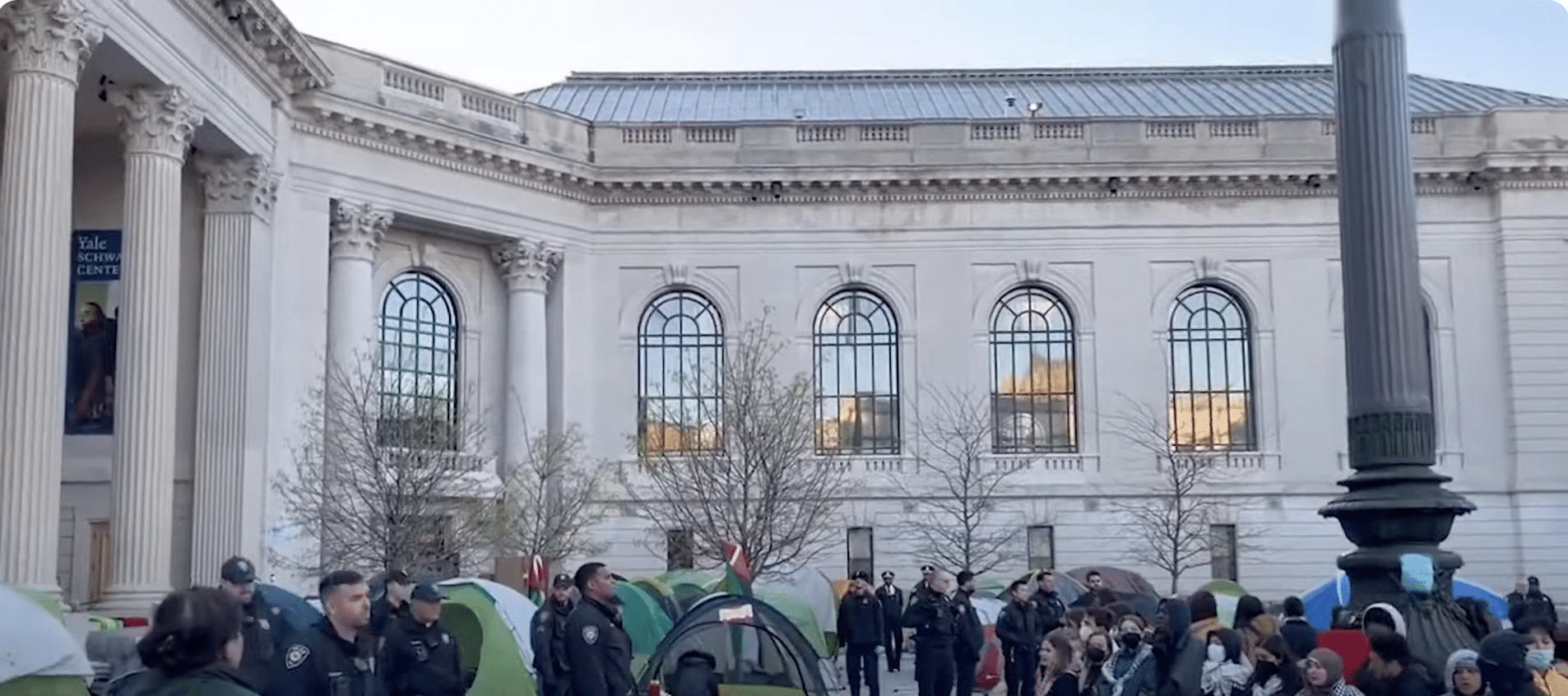(By Caitlin Burke) A special full moon is expected on Jan. 31, and if you’re in the western part of the U.S. you’ll have the best view. It’s being called a “Super Blue Blood Moon” and it’s special for three reasons, according to NASA: it’s the third in a series of “supermoons,” that’s when the moon is closer to Earth in its orbit and is brighter than usual. It’s also the second full moon of the month which is known as a “blue moon.”
Finally, the super blue moon will pass through Earth’s shadow, giving it a total lunar eclipse in some areas. While the moon is in the Earth’s shadow it will take on a reddish tint, known as a blood moon. “Weather permitting, the West Coast, Alaska and Hawaii will have a spectacular view of totality from start to finish,” said Gordon Johnston, program executive and lunar blogger at NASA Headquarters in Washington. “Unfortunately, eclipse viewing will be more challenging in the Eastern time zone. The eclipse begins at 5:51 AM ET, as the moon is about to set in the western sky, and the sky is getting lighter in the east.” READ MORE

















